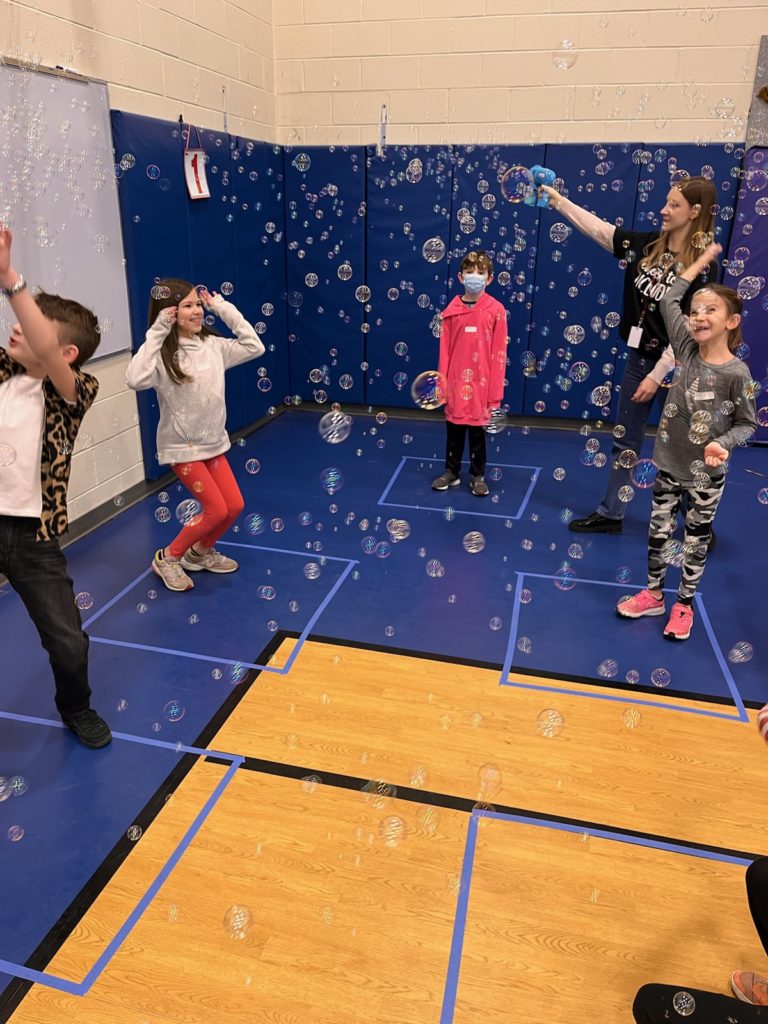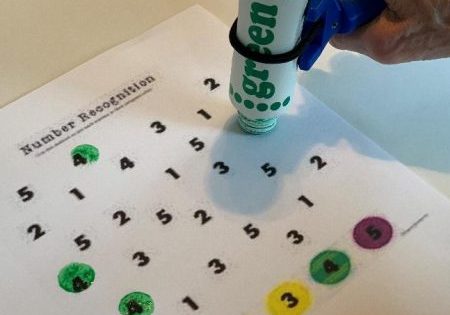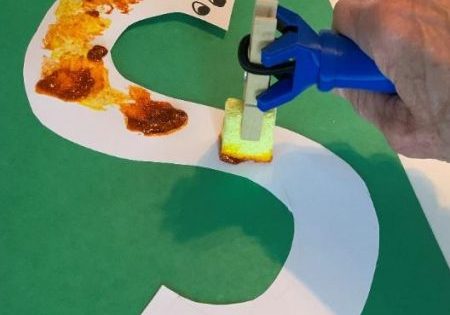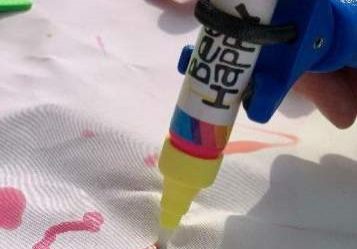Promoting inclusion, kindness and understanding through “All Abilities Fair”
“Necessity the Mother of Invention”
Charlotte has a rare genetic disease called DDX3X, discovered in 2014 which impacts only 900 children worldwide. She has been in therapy since she was 10 months to improve motor and language skills.
Karen Wickman, Charlotte’s mother and a teacher, realized that lack of exposure to individuals with a disability caused children to misunderstand Charlotte. Reflecting on her work in the classroom, she realized many neurotypical kids haven’t been exposed to kids with different abilities. There is negativity and confusion surrounding disability. How can they understand something that have not been exposed to. “Exposure leads to understanding and the more you understand it, the more you accept it as the norm,” she says.
With this in mind, Karen created an All-Abilities Fair for her school district, 101 in Western Springs, IL. It provided students exposure to a wide range of disabilities. “I didn’t want to present activities that result in the students feeling sorry for persons with a disability. Rather, the goal was “for students to understand and learn what one may experience with an impairment, ways to overcome it and how we can support individuals.”
During the event, students cycled through five different five-minute activities that helped broaden their perspective on disability. This solution driven approach covered a total of 15 activities that would be presented over 3 school years.
An important part of the fair is the discussion that occurs when the students return to the classroom. Topics include: who are famous people with a particular diagnosis, what have they done to overcome it, what tools may they use and how can each of us help? Both the students and the teachers unanimously reported they were excited about the fair, learned and enjoyed it.
Examples of the activity stations included:
Dyslexia station – This activity demonstrates how a child may see something and simulates what they perceive. It discusses tools that are helpful such as guide strips or extended time to complete assignments.
Augmentative device: Students used a tablet or laptop that helps someone with a speech or language impairment to communicate. Understanding devices, the ways a student may use them and allowing the time necessary for a student to get their thoughts out is important.
Fine motor station: Kids put on oven mitts to simulate restrictions to finger mobility, grasp impairments, limited dexterity, or decreased grip strength. They tried to complete daily living activities such as tying shoes, buttoning shirts and typing on a calculator. Students were provided with tools such as velcro and the functionalhand® to help adapt these activities.

Visual impaired simulation: Students used a walking stick with a blind fold to navigate from one side of the gym to another. They discussed accessibility features in the community such as curb cutouts and beeping crosswalks.
Understanding impulsivity: This helped students understand how hard it is for kids who are impulsive to exhibit self-control. The activity started with bubbles everywhere. For 45 seconds, students were allowed to pop as many bubbles as they could. Then for 45 seconds, the students could not pop or do anything to enjoy the bubbles. The students were able to process how hard it can be to halt an impulse. Strategies to support a peer with impulsivity includes modeling self-control and understanding they aren’t trying to be disrespectful.

Learning styles: One station allowed students to take a quiz to identify their learning style: tactile, visual or auditory learner.
While many people will never fully understand what it is like to have a disability, events like the All-Abilities Fair can provide exposure and understanding which is instrumental to acceptance for all. “When we don’t talk about it, we put a red flag on it. When we do, it is what it is.” Karen Wickman





